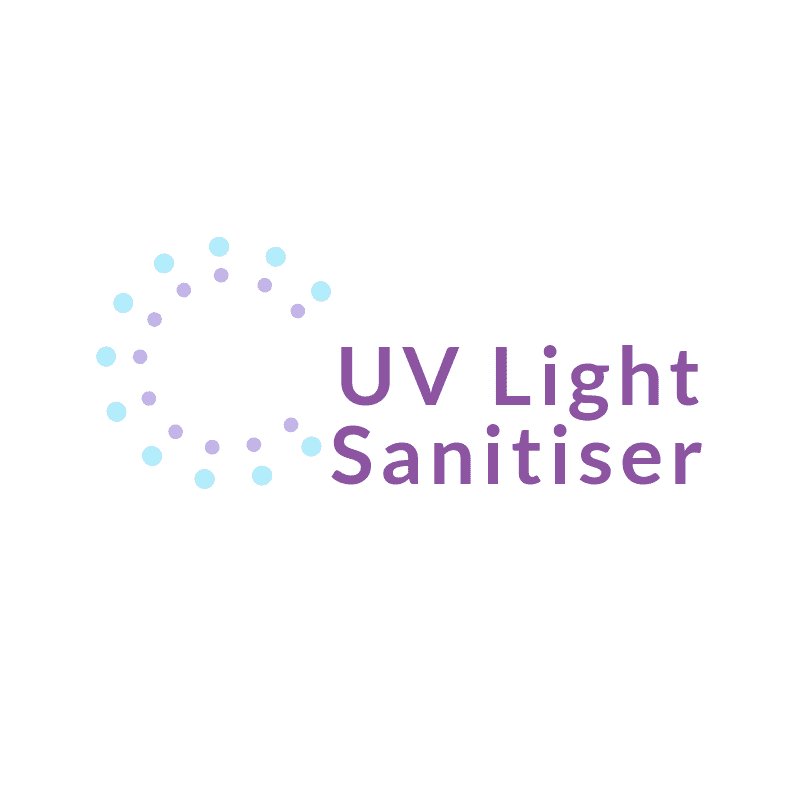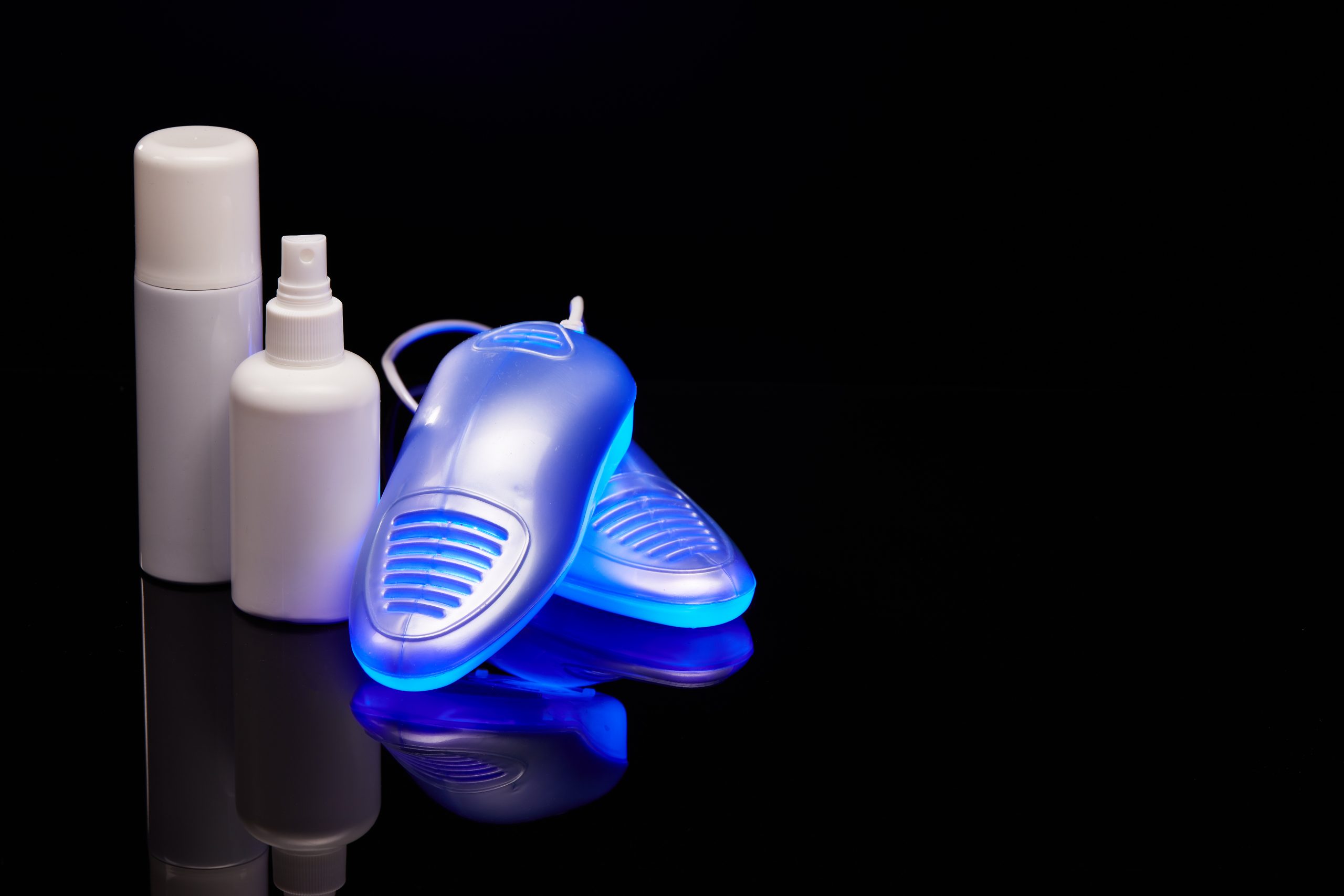For decades, scientists have known the bactericidal capacity of ultraviolet waves, especially ultraviolet sterilization (also known as UV-C). But does UV Light Kill Viruses and Germs?
In recent years, UV sterilization has helped prevent the spread of various pathogens, such as the flu and super bacteria. Can sterilizing ultraviolet rays resist the new coronavirus (or COVID-19)?
The state of COVID-19 is changing rapidly, and this forces many of us to change the direction of our work. Protecting patients, clients, workers and our families is more important than ever. Disinfection of commonly used surfaces is very important, and ultraviolet light is very effective in inactivating pathogens such as viruses and bacteria.
The degree of destruction of pathogenic microorganisms advertised by UV bactericidal products exceeds 99.9%. Due to their effectiveness, they are currently very useful for hospitals, medical laboratories, advanced health care centers, fire and police stations, airports, and bus stops, but can also be used in schools, government buildings, office buildings, and hotels.
What is UV Light?
The UV or UV-C fungicide is part of the ultraviolet spectrum and is known for its ability to inactivate pathogens such as bacteria and viruses. It uses a specific wavelength of the ultraviolet spectrum, generally 200 to 280 nanometers.
UV sterilization is commonly used to disinfect rooms and surfaces. COVID-19 can survive on certain surfaces for up to three days, so regular disinfection is necessary.
The Society for Lighting Engineering (IES) recently released a report on UV sterilization and indicated that UV C is the most effective disinfection method.
Although the science of bactericidal UV radiation has been around for a long time, until recently it has been widely used in the United States. CDC and FEMA began to recognize hospital use in the early 2000s. Since then, some medical reviews have indicated that in the past 13 years its effectiveness and use have increased.
Can UV Light Kill Germs and Bacteria?
Sterilizing ultraviolet light can actually change the DNA and RNA of bacteria and viruses, destroying their ability to reproduce.
DNA and RNA are genetic materials that make up all living organisms and control their growth, development, function, and reproduction. Ultraviolet rays produce electromagnetic energy, which destroys the ability of microorganisms to reproduce, causing mutations and / or cell death, and leads to the inactivation of microorganisms.
These rays generate electromagnetic radiation, which destroys the ability of microorganisms to reproduce and causes photochemical reactions of nucleic acids (DNA and RNA). Ultraviolet energy causes the formation of specific thymine or cytosine dimers in DNA and the formation of uracil dimers in RNA, which can lead to the inactivation of microorganisms, causing mutations and / or cell death and inability to reproduce.
IES indicated that viruses are not living organisms, so UV sterilization technically cannot “kill” them. On the contrary, we can say that sterilizing ultraviolet light “kills” the virus, but kills bacteria.
Bacteria can be resistant to other substances, such as antibiotics, but they cannot create resistance to ultraviolet radiation.
UV sterilization lamps
UV sterilization lamps are very effective and have several main advantages.
- Indicators of the destruction of pathogenic microorganisms. Tests have shown that the proper use of UV germicides can kill 99.9% of bacteria and viruses. Most importantly, bacteria and pathogens may not be as resistant to UV rays as some antibiotics and antibacterial products.
- Limited chemical exposure: UV-C rays can replace potentially harmful chemicals. After disinfecting the area with UV sterilization, it is safe to enter the room, but it can be difficult to breathe in the room where the chemical has just been sprayed.
- Lighting Configuration – UV sterilization has many lighting configurations, including various types of lighting systems, mobile devices, and industrial HVAC accessories. For hospitals, airports, fire stations, police stations, and the hospitality industry, mobile units are a good choice because they are easy to move between rooms. Also, compared to installing accessories in every room, mobile devices are a cost-effective option.
As we all know, the ultraviolet rays emitted by the sun will destroy the material, so plastic children’s toys playing outdoors in summer will make the color fade and the plastic become more brittle.
Similarly, UV-C and broad-spectrum products can damage materials and even speed up the decomposition process. The key difference to consider is whether ultraviolet light continues to shine or emit short pulses or pulse disinfection with ultraviolet light.
Good examples of disinfection lamps are PURO ™ Lighting UV sterilizing lamps with Violet Defense ™ technology. The device can periodically emit a wide range of ultraviolet rays to disinfect the surface, while minimizing space material.
UV Light and Coronavirus
A Columbia University scientist said preliminary tests showed that UV-C can inactivate COVID-19. Dr. David Brenner tested a safe sample of SARS-CoV-2 (the virus responsible for COVID-19). He exposed the sample to UV-C and measured the reaction after exposure.
Dr. Brunner announced the results of his research at a press conference at the New York Metropolitan Transportation Authority (MTA). MTA uses PURO ™ lighting fixtures based on Violet Defense ™ technology to launch a pilot program to disinfect its buses, trains and offices. Dr. Brenner said he used the same type of ultraviolet light as the subway in his research.
Dr. Brenner said he will continue to conduct more tests and study his colleagues. Since the structure of COVID-19 is different from previous viruses, this test is very important.It is also important to note that sterilizing UV light cannot replace other cleaning measures, such as removing dust from surfaces. In fact, UV sterilized products cannot penetrate particles like dust, so dirty surfaces can reduce efficiency.
Is UV Light Safe?
Artificial ultraviolet rays, such as excessive exposure to sunlight, are known to cause side effects, such as burns to people, so they must be handled in accordance with strict safety regulations.
As a general rule, UVC sanitising wand should not be used when someone is nearby. IES said there were no reports of long-term damage due to accidental overexposure, but this could cause temporary painful consequences.
Only trained personnel should use the UV sterilizer and be sure to turn off the product before performing maintenance.

